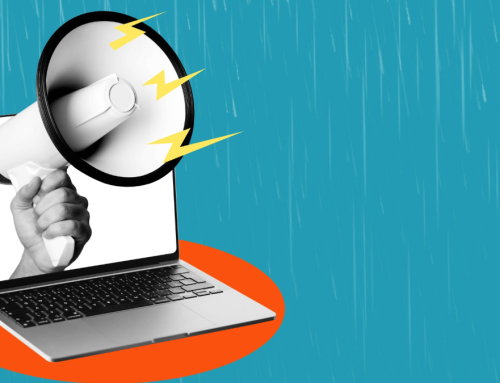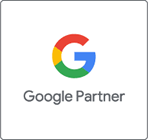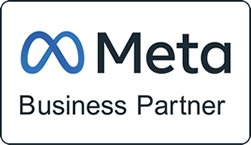As the CEO of a digital marketing agency, I’ve learned that every business needs to invest in improving online visibility because of consumer behavior.
People leverage the power of smartphones and the internet to learn more about products and services, making them independent shoppers. And the rise of branded searches, or users looking for information about your company or products, means lost business opportunities without an effective digital presence.
Empowered by mobile, consumers are more curious, demanding and impatient than ever before.
Consumers In The Age Of Assistance
According to Google, there are three types of consumers today:
• The Curious Consumer: Buyers are now research-obsessed. They want to make sure every purchasing decision is well-informed to avoid regrets.
• The Demanding Consumer: People want to encounter digital touchpoints that are tailored for them, even if they don’t verbalize their requests.
• The Impatient Consumer: The rise of smartphones and internet connectivity has led to impatient buyers. Many shoppers do commercial research while on the go.
These traits influence consumers’ expectations of how they interact with your brand. As such, it’s your responsibility to provide a smooth, seamless customer experience, starting with your website.
I’ll walk you through several factors that can improve your website’s overall function and performance, optimizing your user experience and interface at the same time.
Web Design Factors To Prioritize
1. Clear Navigation
Your website navigation structure should allow users to easily go to another page regardless of where they started. Not all visitors start on your homepage and follow a predictable path. They should be able to locate a specific product from the page they’re coming from.
Keep your visitors from feeling overwhelmed by breaking the navigation into groups of five to seven options. The small number of options keeps the user focused on their goal, helping them make prompt decisions.
Hick’s Law, a popular web design principle, says that the more choices you present to users, the longer it will take them to make a decision. The danger is that the visitor might lose interest in your disorganized site; they’ll end up clicking out.
However, Hick’s Law isn’t applicable to every part of your site. Some pages will contain more content than others, like product pages, for example. In this case, highlight the product, promo or option you want people to select to make them more visible.
Search function is another feature of clear navigation. A search bar follows the three-click rule, a design principle saying that users will quit your site if it requires too many clicks just to find what they need.
In my decade working in digital marketing, I can say with certainty that another website feature that accommodates the needs of the impatient consumer is loading speed.
2. Quick Loading Speed
Page speed is important for all viewing devices, but it has more weight for mobile. The 2019 Page Speed Report shows that slow loading times lower the chances of a shopper returning to your website. Twenty-two percent of mobile users admit to leaving slow-loading pages and 14% said these sites force them to visit a competitor’s. Google provides this free tool for diagnosing your site’s loading issues.
Page speed is also an SEO ranking factor. It boosts your website’s visibility in search engines. This helps you gain a better position for generating traffic, converting them into leads, then customers.
Apart from loading speed and navigation, the layout of your website also affects your conversion rate. At first glance, your site should be simple and intuitive. This provides a comfortable reading experience for users, preventing them from clicking out of your page.
3. User-Friendly Layout
The point of your layout is to make your content as readable as possible. If your site’s not readable enough, it won’t entice action from the visitor.
Digital users are always on the go, so they may not have time to read through your entire article or page.
According to UX Myths, people don’t read site content; they skim. Use this behavior to create a user-friendly layout.
The F-pattern is a common eye-scanning pattern among speed readers. People typically read the first part of your content to get an idea of what it’s about. After, they scan downward on the left side of the screen to look for any points of interest.
The F-pattern helps you create a layout with good visual hierarchy, resulting in easily scannable content. The key to nailing the F-pattern is by immediately establishing the purpose of the page in the first two paragraphs and using powerful, straight-to-the-point headers. Cover only one idea per paragraph and use bullet points whenever you can.
Break text-heavy pages with relevant images and an adequate amount of negative space.
Lastly, an easily spotted call-to-action button is necessary for all of your web pages. This prompts a response from the user that will lead them further into the buyer’s journey.
4. Strong, Clear Call-To-Action
Your call-to-action (CTA) button isn’t always transactional. You have to anticipate the needs of the reader to recommend relevant content. Your CTA may invite the reader to another blog post related to the one they just read, similar products they may find interesting, or downloadable files that may help their problem.
I’m not being hyperbolic when I say that the placement and color of the button are critical. Place it in a highly visible part of your layout. You can follow the rule of thirds to highlight important elements of the page, such as the CTA button.
Above all, prioritize clarity and ease of use when designing your website. Your landing pages must make it easy for the user to go from one page to another as their browsing intent changes. This way, your website facilitates their progression along the buyer’s journey, so you get to be with them every step of the way.
We’ve designed and developed websites for a lot of businesses worldwide, and the main conclusion is that a user-friendly website always generates leads and converts customers to increase your bottom-line revenue.











